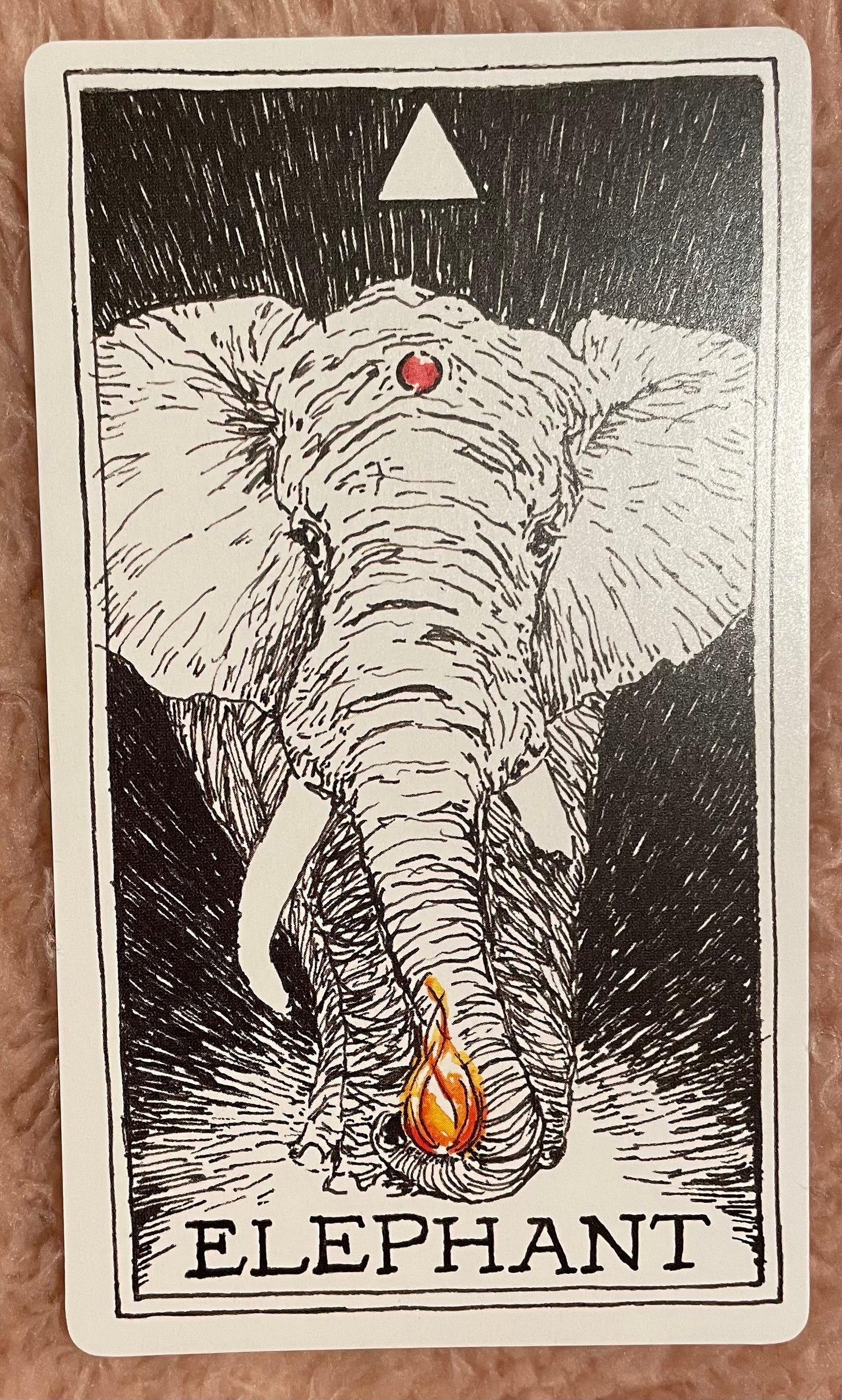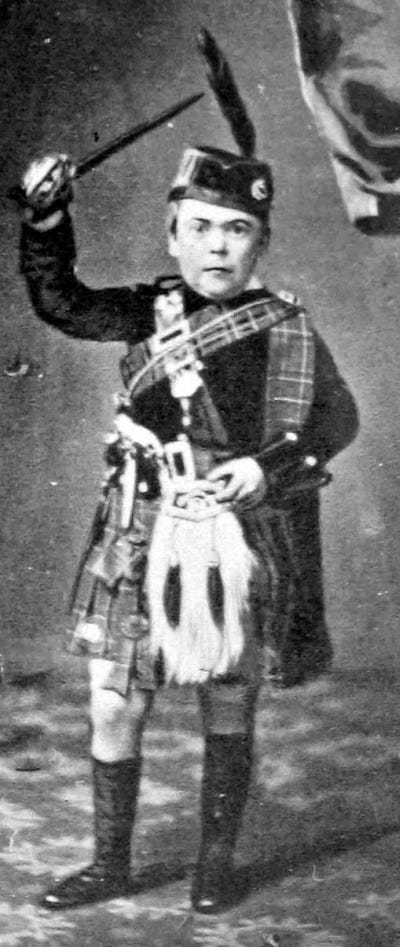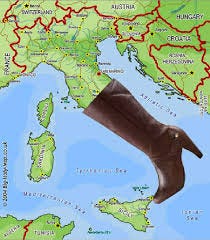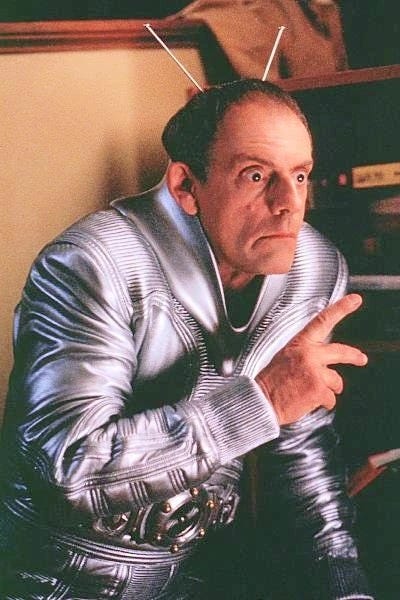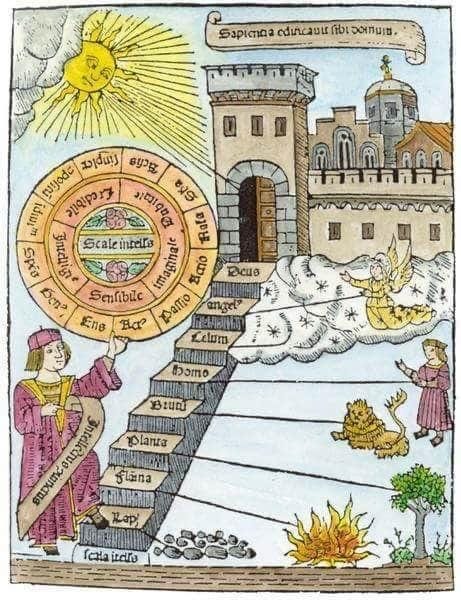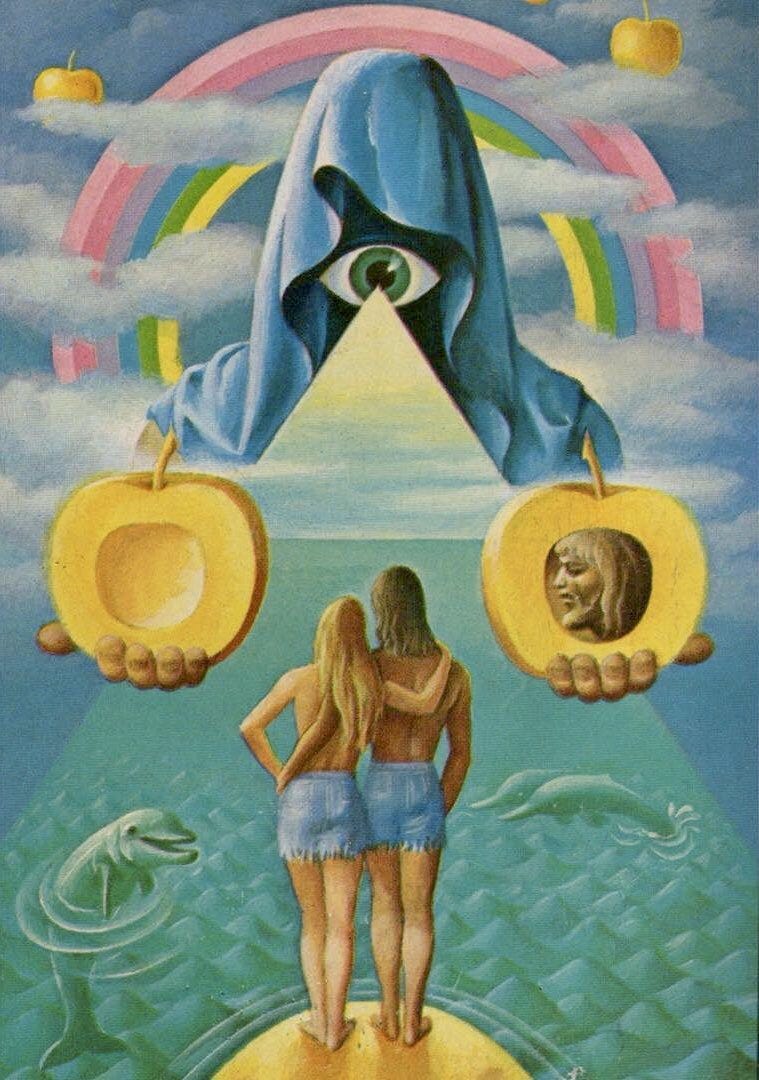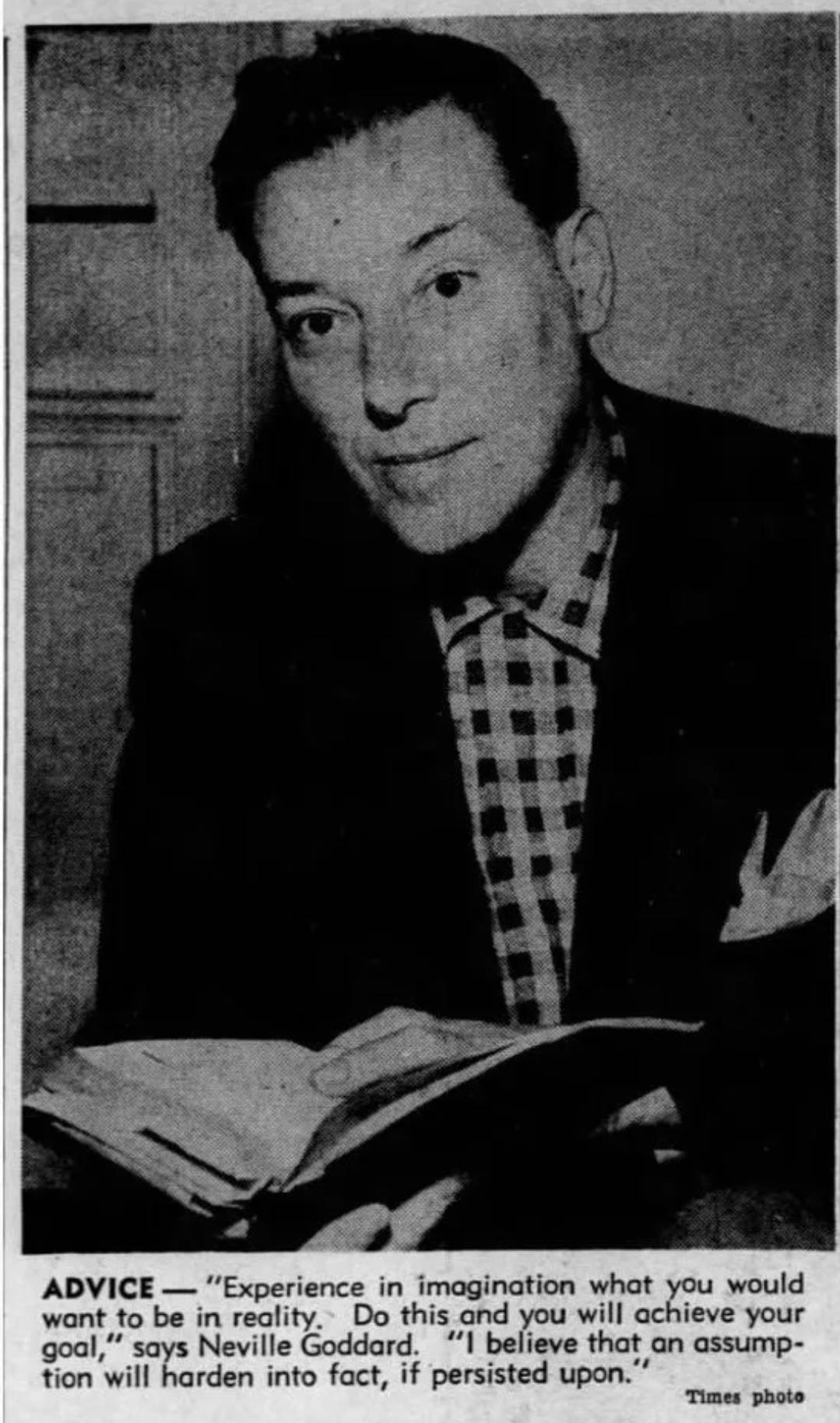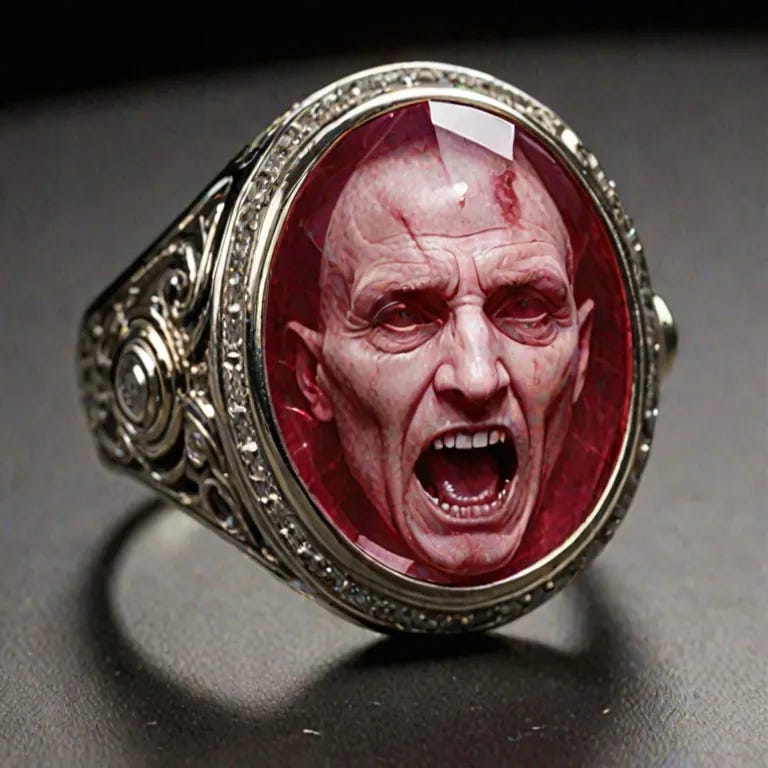S02E05: We're All On A List
Tonight’s Tarot: THE ELEPHANT
Freaks of Hazard:
Foxfur sent in $5.00!
Wiirdo sent in $3.33!
Sir Cross Stitch sent in $5.33!
Bigger Green sent in a whopping $33.33! He says…
“Best podcast to listen to while cutting lawns! IF you’re in the Bloomington, Indiana area, call us!”
Captain Oblivious sent in $5.55!
Tjunta sent in $3.33!
So many monthlies! Thank you!
Also thank you to Private Browsing for joining us!
Subscribe for the SXXY-est junkmail for your inbox right here!
UGLY LAWS
Video clip 0:49-1:49
So-called “ugly laws” were mostly municipal statutes in the United States that outlawed the appearance in public of people who were, in the words of one of these laws, “diseased, maimed, mutilated, or in any way deformed, so as to be an unsightly or disgusting object” (Chicago City Code 1881). Although the moniker “ugly laws” was coined to refer collectively to such ordinances only in 1975, it has become the primary way to refer to such laws, which targeted the overlapping categories of the poor, the homeless, vagrants, and those with visible disabilities.
Enacted and actively enforced between the American Civil War (1867) and World War I (1918), such laws and their enforcement can tell us much about the very sorts of people who were also, a generation later, subject to explicitly eugenic laws, such as sterilization legislation.
History
The first of these laws was introduced by the City of San Francisco on 9th July, 1867: “Order No. 783. To Prohibit Street Begging, and to Restrain Certain Persons from Appearing in Streets and Public Places” (Schweik 2009: 291). As the name of this ordinance suggests, ugly laws were concerned with more than appearance, prohibiting both the activity of street begging and the appearance in public of “certain persons”. The phrasing that one finds in the Chicago City Code in 1881 originates in this San Francisco law; that ordinance cites deformity, unsightliness, and being a “disgusting object” as being illegal. Comparable ordinances were created in many other major US cities at the time.Function, Conception, Mechanism
The most obvious function of such laws was to discourage people with visible disabilities from “hanging out” in public urban spaces asking people for money, and to provide a legal basis for removing them from such spaces. But the wording and enforcement of these laws, like that of eugenic sterilization and marriage and immigration restriction laws, reveal much more at work... Just as the most obvious function of eugenic sterilization laws—to prevent certain sorts of people from both producing and parenting children—is accompanied by a range of conceptions of those people and mechanisms for intervening in their lives in more far-reaching ways, so too with so-called “ugly laws”.
San Francisco in the late 1860s had a unique set of conditions that made it ripe for such a law. In the aftermath of the Gold Rush, the city was filled with men for whom no fortune had materialized. Some were Chinese immigrants, who nativist Californians already stereotyped as lazy and disease-infested. Street conditions worsened after the end of the Civil War when disabled veterans, many of them amputees, returned home unable to work.
“San Francisco seems destined to become a ‘city of refuge’ for all the lazzaroni of the Pacific Coast,” complained one 1860s editorial in the Weekly Mercury. “As one treads our streets, the eye is shocked at the frequent appearance of maimed creatures, whose audacity is only paralleled by the hideousness of their deformities. Until the Almshouse is completed, some refuge should be found for these deformed ‘objects of horror,’” it recommended.
The Daily Alta California wrote about an Italian immigrant with “neither feet nor hands ... disgustingly fond of exhibiting her stumps” who they were excited to report had been arrested in Nevada. “It is hoped that she will never be allowed to return to San Francisco,” the story ended.
Violators were hit with a $25 fine (about $460 today), 25 days in jail or both.
Ugly laws slowly stopped being enforced, particularly after World War I when, at last, laws discriminating against war veterans became politically unpalatable. But many stayed on the books well into the 20th century, including San Francisco’s.
The last known case of an ugly law arrest occurred in Omaha in 1974. A policeman, looking to arrest a homeless man but without a clear means of doing so, found the ugly law in the city code. The man was arrested for having “marks and scars on his body.” Unsurprisingly, the case didn’t go far.
…the law’s passage followed years of dehumanizing reporting on disabled panhandlers. One 1875 Chicago Tribune article decried the “disgraceful” spectacle of “a thoroughfare being obstructed by the hideous monstrosities, which are only half human, begging for alms.” Another story warned that seeing a person with “repulsive deformity” might present a serious danger to “a lady in delicate health.” And still others targeted specific beggars, accusing them of exaggerating their disabilities or even inflicting injuries on themselves in an effort to win sympathy.
Those who were employed and didn’t receive public assistance were not understood to be bound by the ugly law. To nineteenth-century employers, physical disability didn’t necessarily mark a person as a less-qualified worker. In fact, industrial accidents were so common that an injury like a missing finger could be a sign of an experienced worker.
“There was a connection between ugly laws and "public hygiene management schemes" such as segregation, eugenics, institutionalization.”
These laws arose at a time when more people were moving into cities and thus people needed to be managed civilly. To address the need to control the growing populations in metropolitan areas, those who were deemed “unsightly” or disruptive were removed from the public eye and placed into sanitariums or poorhouses
Video clip 1:49-2:31
If you were employed in a “freak show” you were not arrested or fined
Some did well, such as General Tom Thumb who was initiated as a freemason and made a lot of money, or Jack Earle (an 8’6” tall man) who was a successful circus performer and later a silent film actor, wine salesman, and artist.
Some were employed consistently, but under a heavily racist fake storyline such as “Zip the Pinhead”
Humans tend to judge by appearance in ways we may not recognize, for example:
See “lookism
“A 2021 study on the effects of the wearing of facemasks in the hospitality industry corroborated existing findings[18] on the correlation between perceived physical attractiveness of frontline workers and customer satisfaction. The study found that the wearing of face masks by hospitality employees minimized the effects of their actual attractiveness on reported customer satisfaction, leveling off the playing field between average-looking employees and attractive-looking employees”
Further Reading A lit review of the book The Ugly Laws: Disability in Public by Susan M Schweik
IMAGES (next page)
General Tom Thumb in 1862
Jack Earle
For funnies, we have Angeria Paris VanMichaels from RPDR s.14
LAUNCH INTO ORBIT
The first ever Satellite Skirmish is coming up this weekend!
We touch on some of the bands performing and play a small selection of songs.
⭐ Songs ⭐
Chuck's Funk Alliance - $2 Holla
Pixelated Smile (Embssy Remix) - Herbivore
A TRUE OG SATELLITE
The Black Knight Satellite has popped in and out of public conversation over the years, and we don’t hear so much about it these days. What is the Black Knight Satellite supposed to be?
Allegedly a mysterious shiny black object originating from deep space going in polar-orbit around the Earth.
🌙 Clips
BKS 1 - Grassy Ass
Battle of the Douchebags contestants Neil DeGrasse Tyson and Stephen Colbert discuss the BKS
BKS 2 - Parabolic
Neil and Stephen riff on the object
BSK 3 - Intro
A strange object orbiting the Earth before humans could launch rockets has fascinated and confused us.
Tesla lore ensues
BSK 4 - Floating Upstream
BSK 5 - Reports
BSK 6 - Astronauts and Maps
BSK 7 - Epsilon
BSK 8 - orbit is safe
OPENER
Orson Welles discusses the effect of violent films - Talk Collection - BBC Four
INTERMISSION
Fat Cat Caterpillar - The Harden Project
CLOSER
She Doesn't Know Anything About God - Mike Epting (Malachi)



